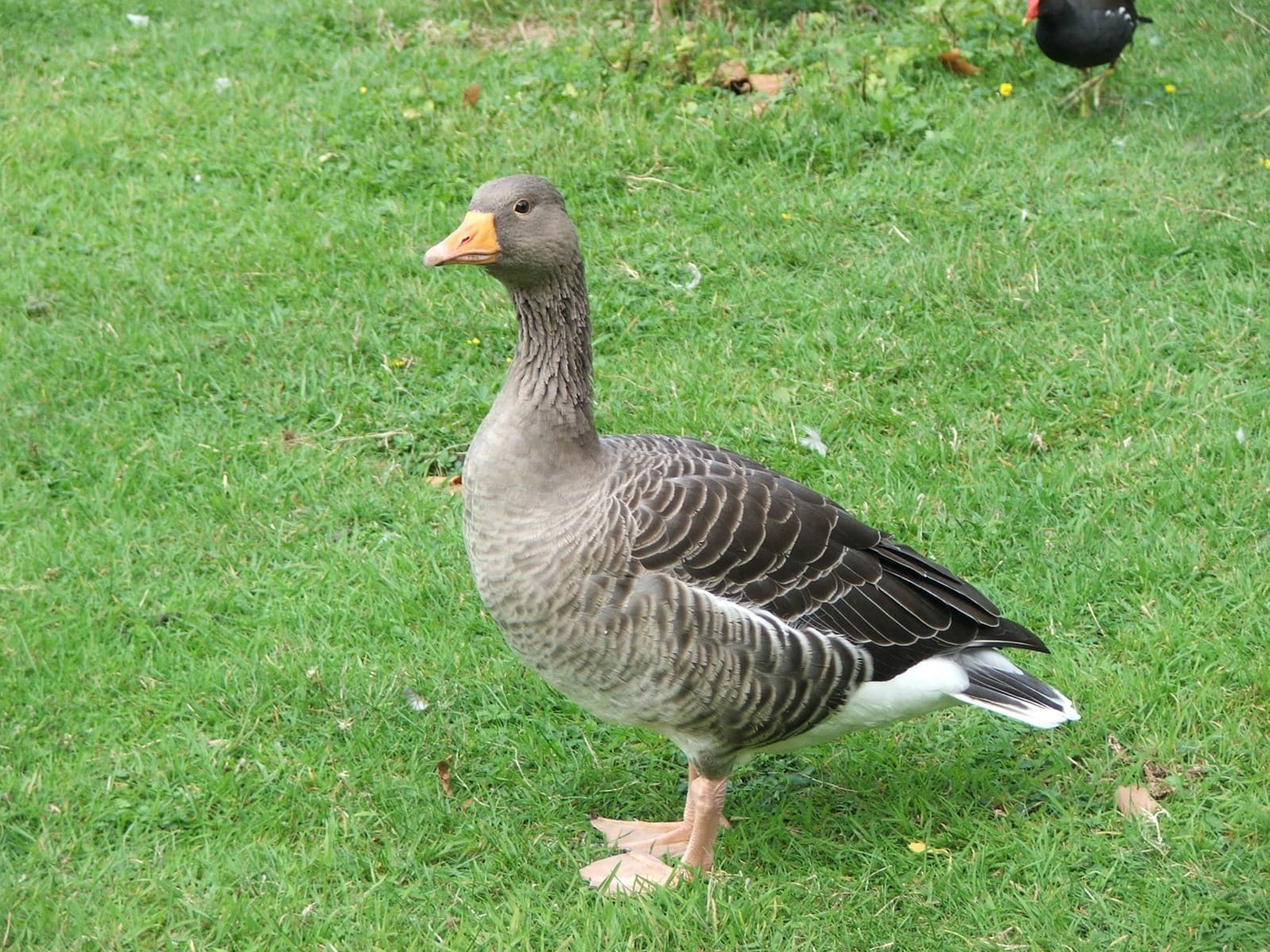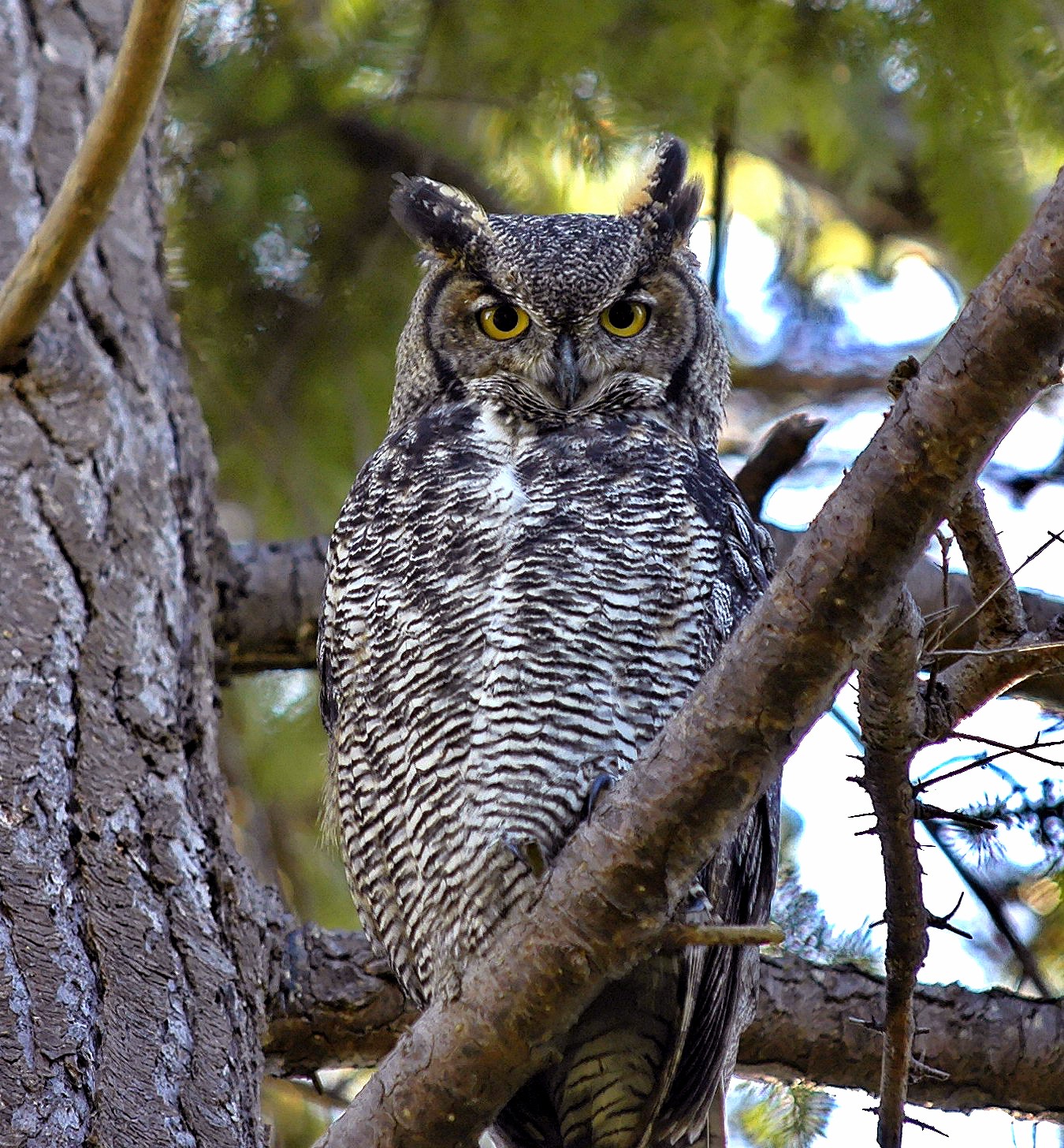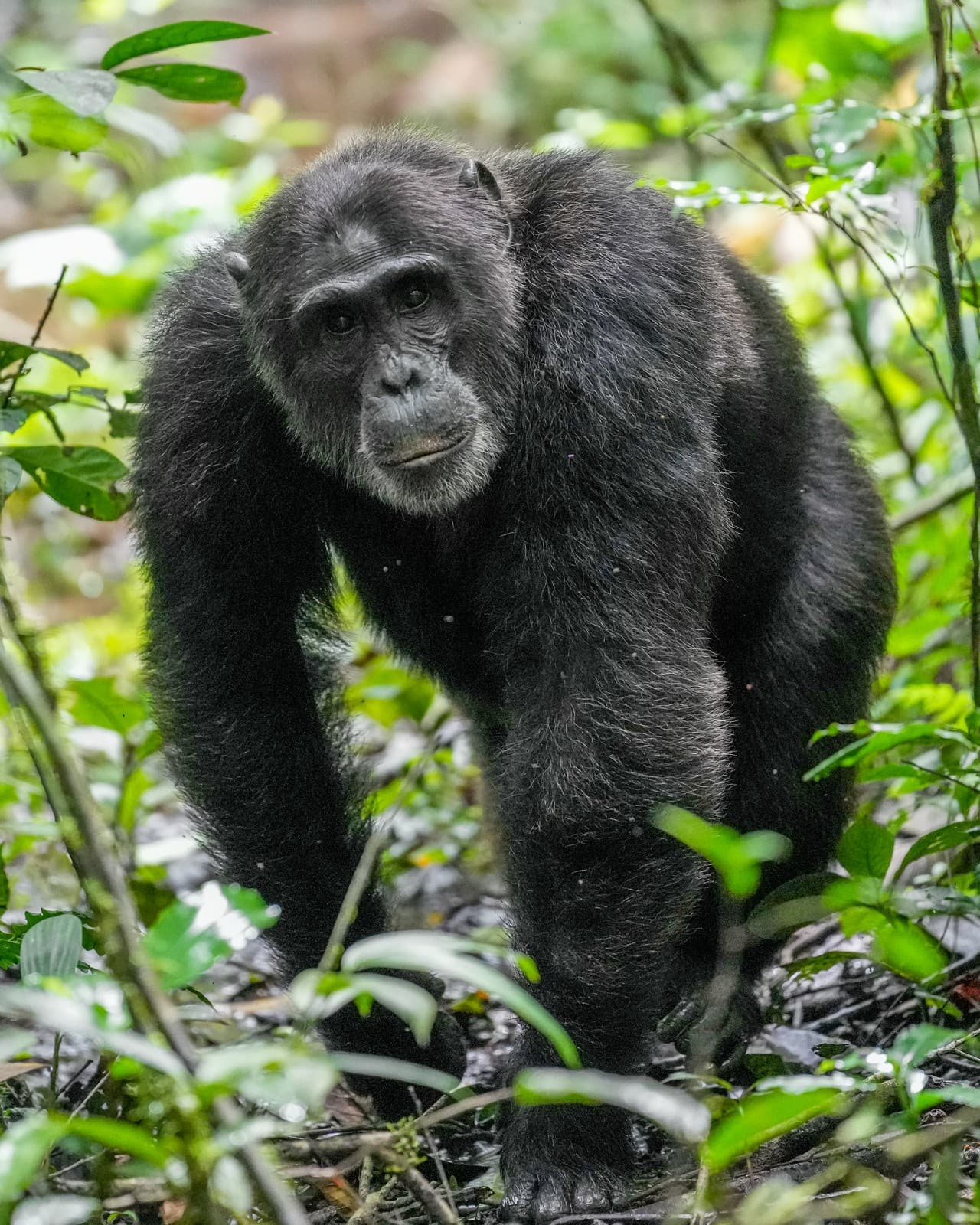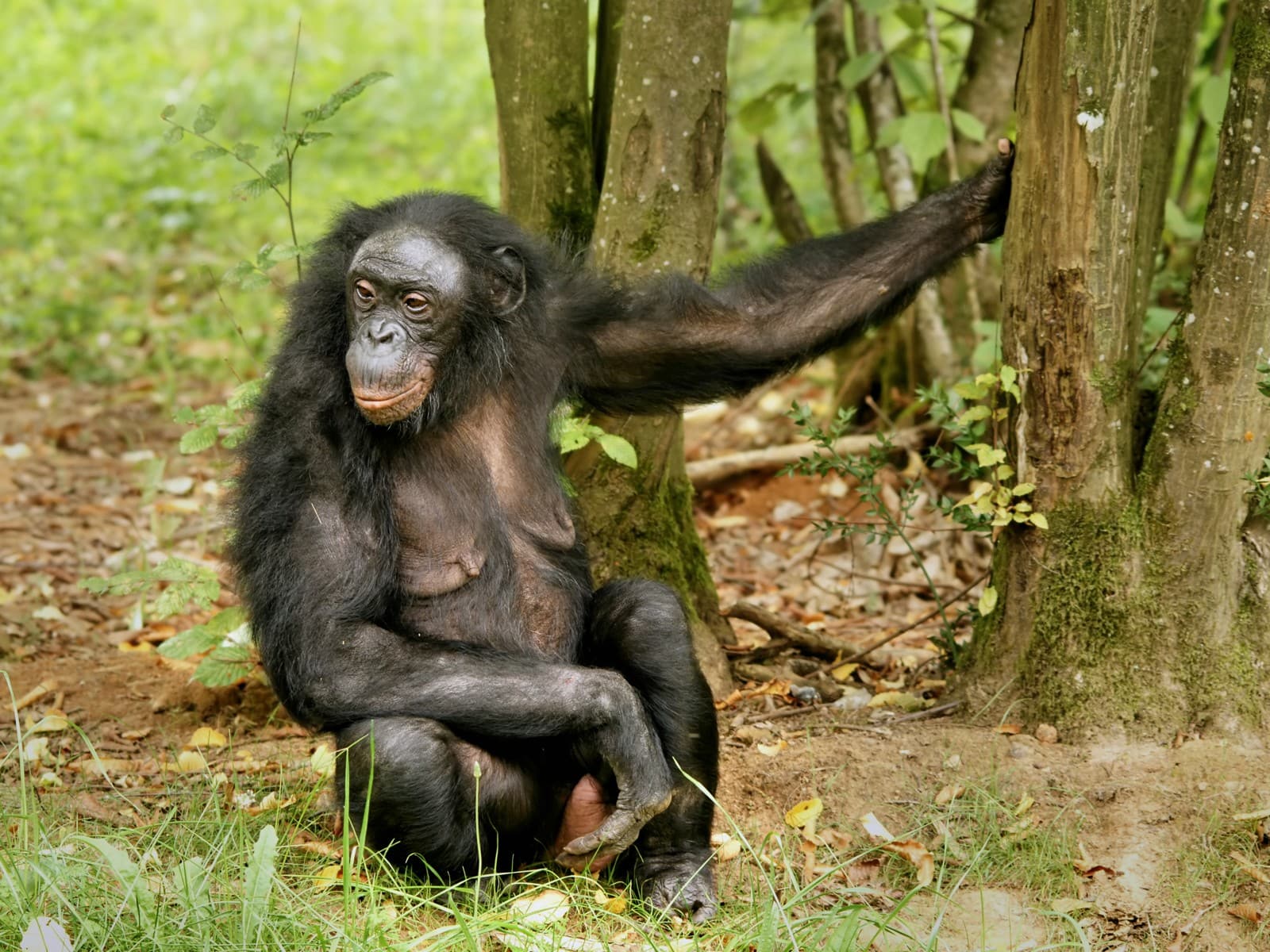Tarsier vs Galago: A Complete Comparison
When comparing Tarsiers vs Galagos, these nocturnal primates share several similarities but exhibit distinct evolutionary adaptations. While both possess large eyes for night vision, Tarsiers have the largest eye-to-body ratio of any mammal, with each eyeball approximately 0.59 inches (15mm) in diameter – nearly the same size as their brain. Galagos, commonly known as bush babies, feature more moderately sized eyes but compensate with significantly larger ears for enhanced hunting capabilities.
These fascinating creatures diverged on different evolutionary paths, with Tarsiers being strictly carnivorous – the only purely meat-eating primates – while Galagos maintain an omnivorous diet. Their size differences are notable, with most Tarsier species measuring 4-6 inches (10-15cm) in body length, while Galagos range from 4-17 inches (10-43cm) depending on the species.
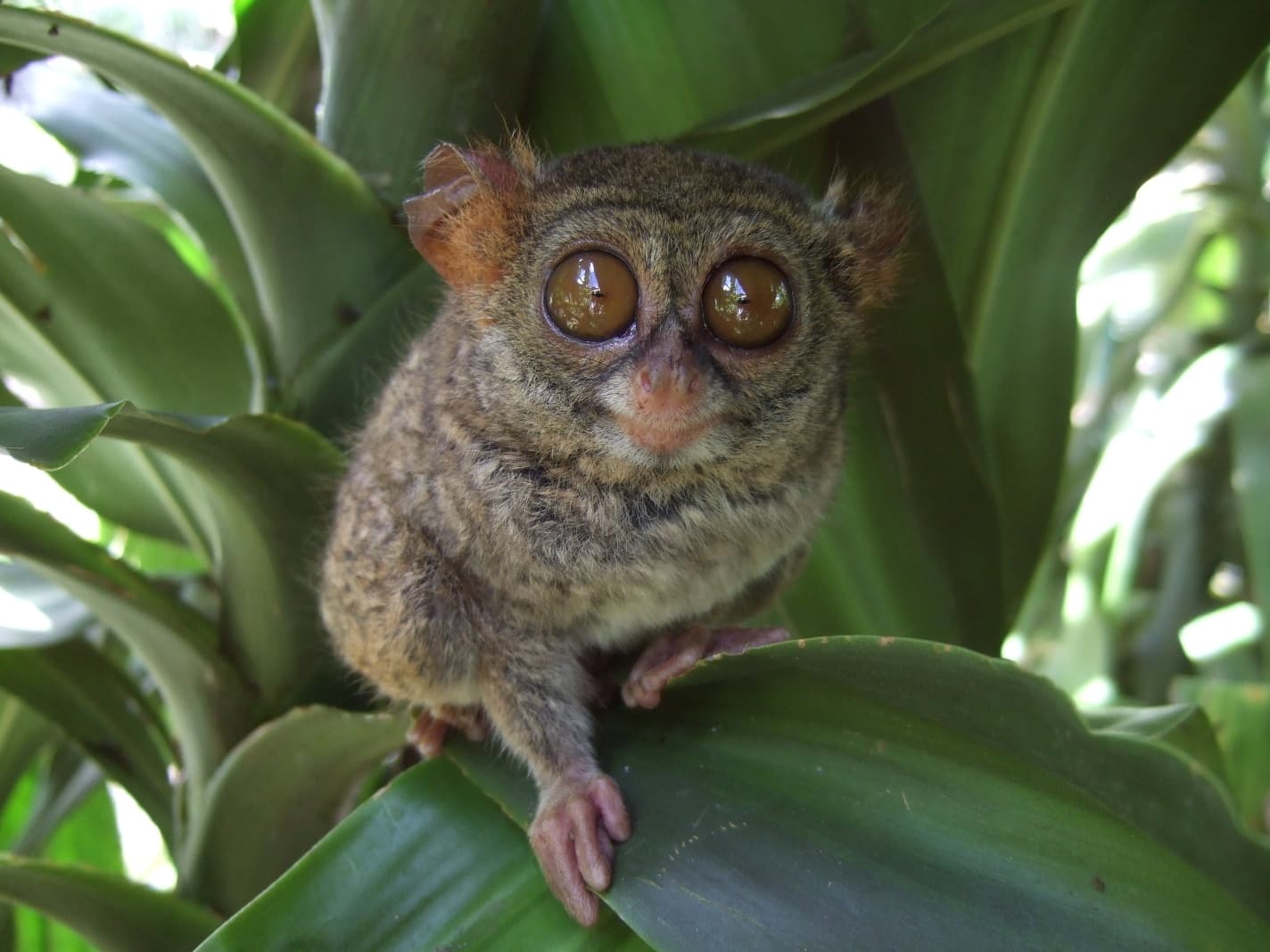
© Sakurai Midori / CC BY-SA 3.0
The Tarsier’s enormous eyes and specialized grip make it a masterful nocturnal hunter, capable of capturing prey with remarkable precision in complete darkness.
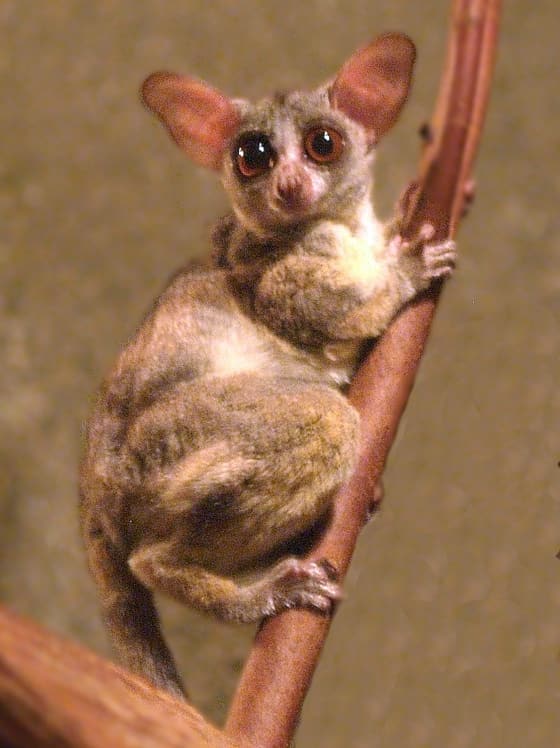
© OpenCage / CC BY-SA 2.5
Galagos possess remarkable jumping abilities and use their large ears to track insects in the dark, demonstrating different but equally effective nocturnal hunting strategies.
Key Physical and Behavioral Differences
| Feature | Tarsier | Galago |
|---|---|---|
| Eye Size | Extremely large (15mm diameter) | Large but proportional |
| Diet | Strictly carnivorous | Omnivorous |
| Size Range | 4-6 inches (10-15cm) | 4-17 inches (10-43cm) |
| Jumping Ability | Up to 5ft (1.5m) | Up to 8ft (2.4m) |
| Habitat Range | Southeast Asian islands | Continental Africa |
| Distinctive Feature | Longest fingers relative to body size | Largest ears relative to body size |
Habitat and Distribution
Tarsiers and Galagos have evolved to occupy different geographical regions, with Tarsiers found exclusively in Southeast Asian islands, particularly in the Philippines, Sulawesi, and Borneo. Galagos, meanwhile, inhabit much of sub-Saharan Africa, from Senegal to Somalia and south to South Africa. This geographical separation has led to distinct evolutionary adaptations suited to their respective environments.
Hunting and Dietary Habits
Tarsier Hunting Strategy
- Exclusively carnivorous diet
- Primarily targets insects and small vertebrates
- Uses binocular vision for precise depth perception
- Capable of rotating head 180 degrees
- Hunts mainly through visual tracking
Galago Hunting Strategy
- Omnivorous diet including fruits and insects
- Uses large ears to track prey movement
- Enhanced jumping ability for pursuit
- Excellent spatial memory
- Employs both visual and auditory hunting techniques
Locomotion and Movement
The movement patterns of these primates show remarkable differences in adaptation. Tarsiers possess elongated ankle bones (tarsals), giving them their name and allowing for powerful grip and precise movements. Galagos, conversely, have developed powerful leg muscles enabling them to leap greater distances, often covering up to 8 feet (2.4m) in a single bound.
Social Structure and Behavior
Tarsiers typically maintain small family groups or live in pairs, while Galagos often form larger social groups with complex hierarchical structures. These different social strategies reflect their varying habitats and survival needs:
-
Tarsier Social Structure:
- Primarily solitary or pair-bonded
- Territorial marking through scent
- Limited vocal communication
- Small family groups
-
Galago Social Structure:
- Larger social groups
- Complex vocal communication
- Hierarchical organization
- Communal infant care
Conservation Status and Threats
Both species face significant challenges in the modern world, though their threats differ based on their habitats and human interaction:
Tarsier Conservation
- Several species critically endangered
- Primary threat: Habitat loss
- Limited distribution increases vulnerability
- Sensitive to light pollution
- Difficult to breed in captivity
Galago Conservation
- Generally more stable populations
- Adaptable to various habitats
- Main threats: Deforestation and pet trade
- Better survival rates in captivity
Who Would Win in a Direct Encounter?
While these primates would never naturally meet due to their geographic separation, a theoretical comparison of their physical capabilities shows:
-
Galago Advantages:
- Greater jumping ability
- Larger size in most species
- More versatile diet
- Better social coordination
-
Tarsier Advantages:
- Stronger grip
- More precise hunting skills
- Superior night vision
- Specialized predatory adaptations
However, both species are non-aggressive toward similar-sized animals and would likely avoid confrontation in a theoretical encounter, focusing instead on their specialized niches within their respective ecosystems.

